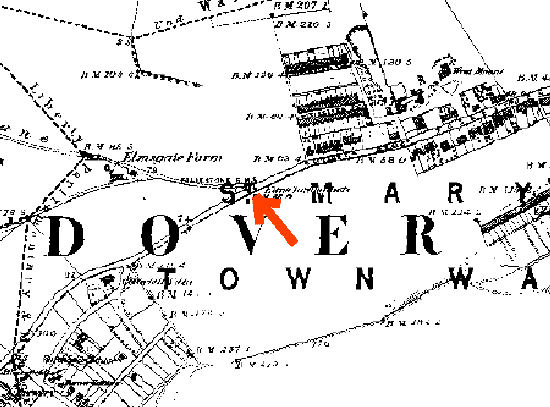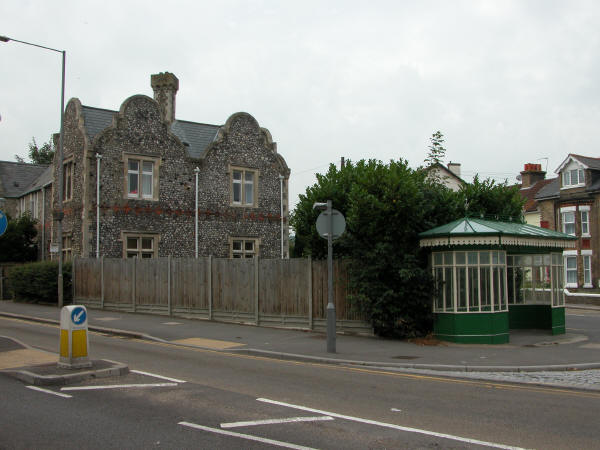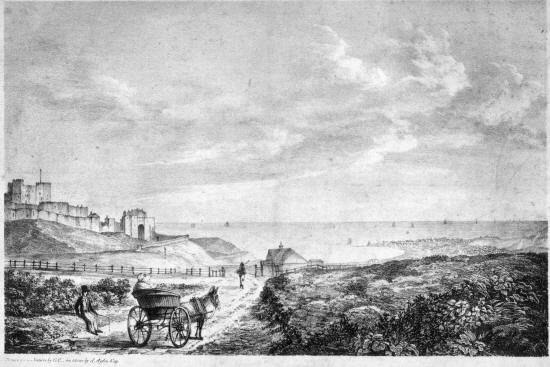| Back ... |
Dover's Turnpikes |
|
| Dover - Folkestone |
|
|
|
"When the Folkestone Road was formed in 1762 under the Turnpike Acts, a toll-gate was erected at the Elms turning. Many who are now in middle age may have childhood memories of the lollipop shop kept by George Rummery at the old toll house, which, after an existence of 115 years, was removed on the 1st of November, 1877. This was the last toll-gate that existed in Dover. Soon after the gate was removed, Major Lawes built the pair of Villas on the triangular piece, and gave the cattle and dog drinking fountain which stands at the parting of the ways." (JBJ 1907) |
|
|
|
The drinking trough (picture right) originally stood at the apex of the triangle, with the fountain end extending out into the road at the junction. Later, when the bus shelter was erected at this point, the trough was placed across the apex, just in front of the shelter. This junction has been known for many years as "the horse trough", although the actual landmark has been moved again, this time into the Market Square, and filled with flowers! |
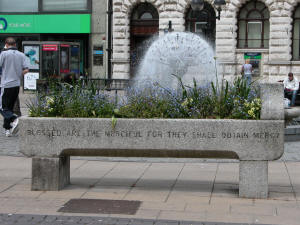 "Blessed are the merciful for they shall obtain mercy" |
|
| Dover - London |
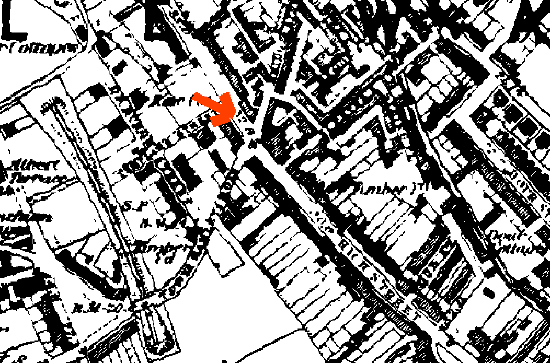 Old map showing approximate location of Charlton Toll-Gate (©Ordnance Survey 1876) |
|
|
The first gate on the Dover to London turnpike road was erected in London Road, Charlton, near the junction of High Street, London Road and Bridge Street (known then as Paul's Corner). The area outside the gate was undeveloped at the time the turnpike was built. This gate, and the gate-keeper's cottage, were demolished in 1855. |
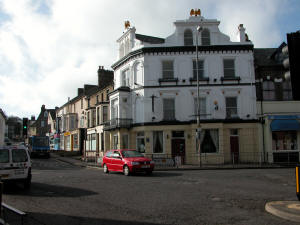 The Eagle public house in London Road, opposite the junction with Bridge Street - just to the right of this picture stood the London Road toll-gate |
|
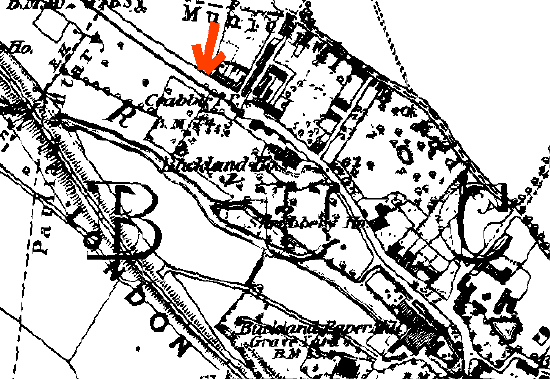 Old map showing approximate location of Buckland Toll-Gate (©Ordnance Survey 1876) |
||
|
(Gate Inn - awaiting picture) |
||
|
The second toll-gate on this road was erected on Crabble Hill, just beyond the Gate Inn (recently closed).
|
||
| Dover - Sandwich |
(Whitfield - awaiting picture) |
|
|
The toll gate at the Dover end of the Sandwich turnpike road stood at the top of Whitfield Hill. The gate-keepers cottage was demolished when the new A2 roundabout was built on the site. |
||
| Dover - Deal |
|
|
|
The first toll-gate on the Deal turnpike road was at the
top of Castle Hill, near the main entrance to the Castle. The
engraving above dates from around 1822. |
||
|
(Swingate Inn - awaiting picture) |
||
|
The second toll-gate on the Deal road stood near to where the Swingate Inn stands today. For more information on the Sandwich to Dover (via Deal & Walmer) Turnpike, click here. |
||
